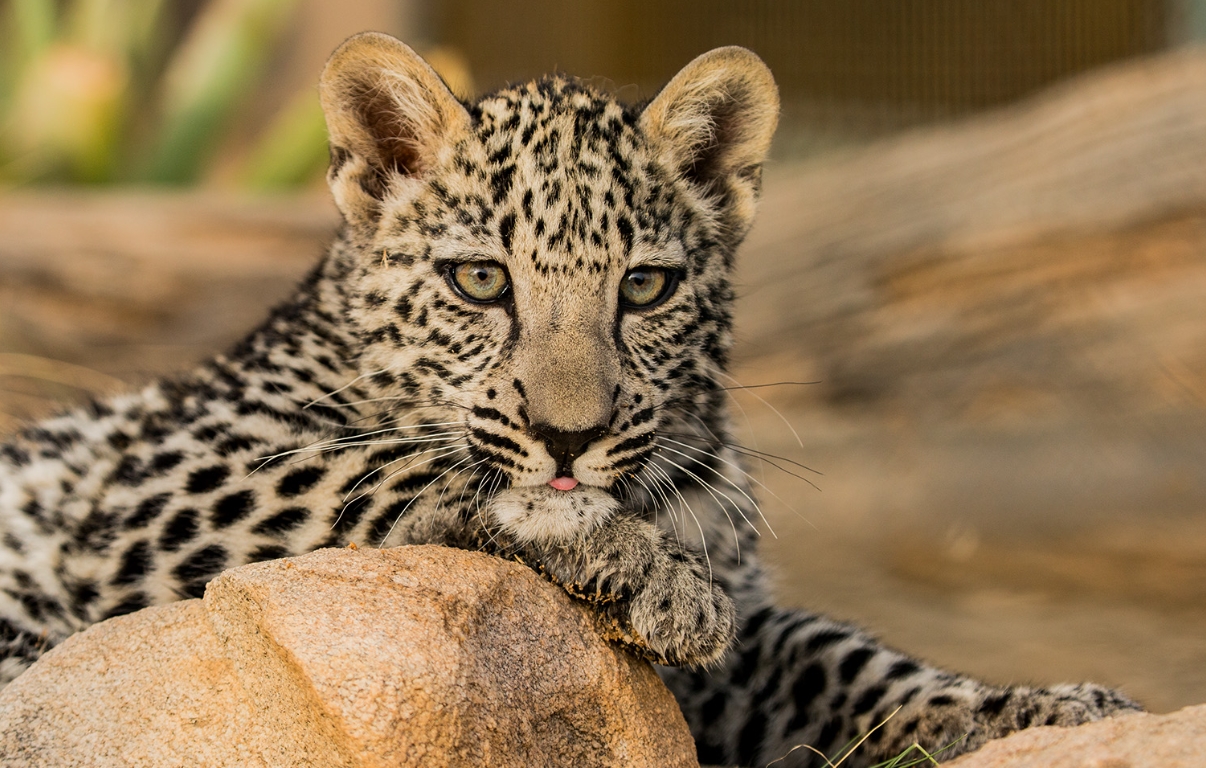International Arabian Leopard Day – 10th February
The Arabian leopard is a subspecies of leopard found only on the Arabian Peninsula. Weighing 25-40 kg, it is one of the smallest leopard subspecies. Its habitat was once widespread across the Arabian Peninsula but has now shrunk to small isolated pockets in Saudi Arabia, Oman, Yemen, and the United Arab Emirates.
With estimates of fewer than 200 individuals remaining in the wild, the Arabian leopard faces an existential threat from urbanization, farming, overgrazing, poaching, and the illegal wildlife trade. As a flagship species of the region’s biodiversity, the rapid decline of the Arabian leopard signals the critical need to address the biodiversity crisis threatening ecosystems globally.
Objectives of the International Day
The UN General Assembly designated February 10th as the International Day of the Arabian Leopard to highlight the endangered status of this iconic species. The day aims to restore the leopard as a symbol for conservation efforts and underscore the essential role of biodiversity in maintaining ecosystem health.
It calls on Arabian countries, NGOs, communities, and UN agencies to strengthen conservation initiatives for the leopard and emphasize its significance to the broader Arabian ecosystem. The resolution also advocates for collaborative regional approaches to conservation and seeks to ignite public engagement and support for protecting the leopard and other threatened species.
Saudi Arabia’s Commitment
As host of World Environment Day 2024, Saudi Arabia has embarked on an ambitious restoration initiative aligned with the UN Decade on Ecosystem Restoration. This includes efforts to revive Arabian leopard populations as part of the Kingdom’s commitment to conservation. Saudi Arabia serves as a crucial stronghold for the remaining Arabian leopard population.
Conservation Efforts and Challenges
The survival of the Arabian leopard depends on effective habitat protection, restoration of natural prey populations, and mitigating human-wildlife conflicts through public education. Despite legal protections, active management and enforcement of laws in surviving leopard habitats require significant improvement to ensure the species’ future. Key challenges include lack of coordination between agencies, limited monitoring of wild populations, and engaging local communities that may come into conflict with leopards. Comprehensive strategies that address these issues are vital for the conservation of the Arabian leopard and the region’s fragile ecosystems.
Month: Current Affairs - February, 2024
Category: Important Days & Events Current Affairs






